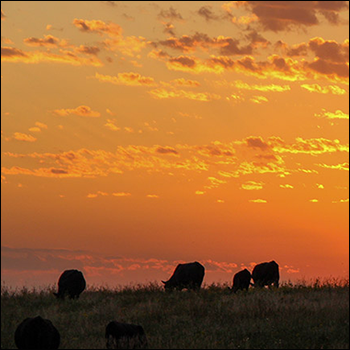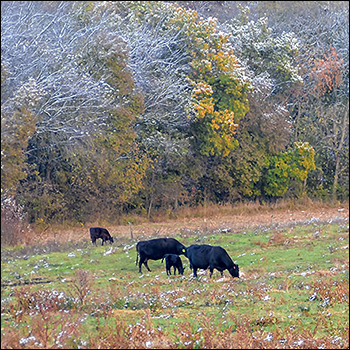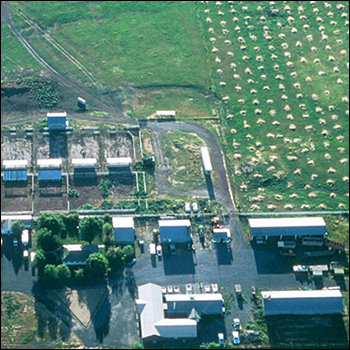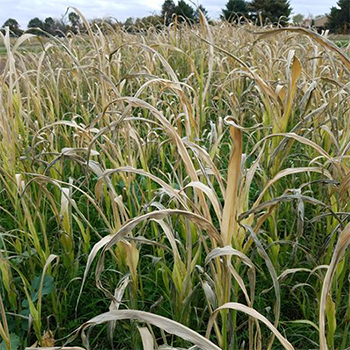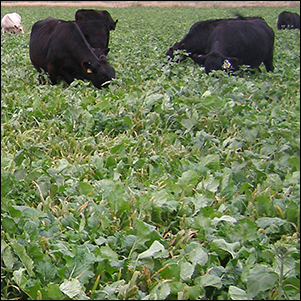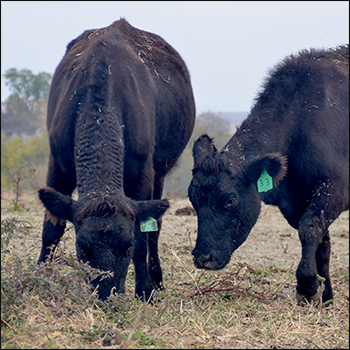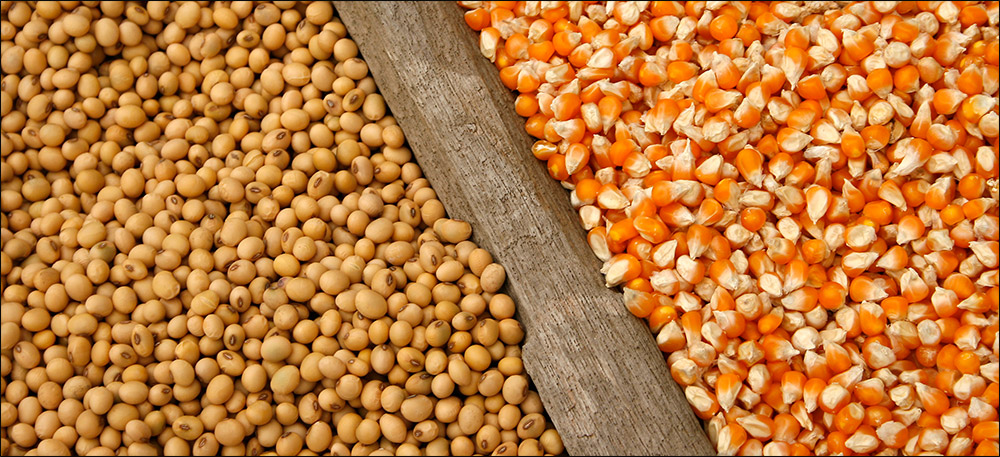
FAPRI Releases U.S. Baseline Outlook Report Update
Commodity prices expected to continue increasing in near future.
Strong demand from China, smaller supplies and other factors have resulted in higher prices for many agricultural commodities. Projected prices for corn, soybeans, hogs and several other commodities moderate in the years ahead, while cattle prices increase.
That’s according to the outlook economists from the Food and Agricultural Policy Research Institute (FAPRI) at the University of Missouri released in the fall update to its annual U.S. Baseline Outlook provided each spring.
This year’s update was prepared beginning the week of Aug. 23. This report is based on information available in mid-August 2021 which updates the 2021 FAPRI baseline outlook prepared earlier this year. Crop production in 2021 is assumed to equal the values reported by the USDA in its August Crop Production report.
“COVID-19 has had major market impacts, but this update assumes no new large-scale disruptions due to the pandemic,” says Pat Westhoff, director of FAPRI. “We can use this baseline update as a point of reference to examine alternative scenarios related to the pandemic, farm policy, the weather or other factors affecting agricultural markets.”
A large increase of imports by China and reduced production in Brazil, as well as several other factors are projected to result in an increase in the marketing-year-average (MYA) corn price to $5.34 per bushel (bu.) for the crop harvested this fall. If realized, it would be the highest annual U.S. corn price since the 2012 drought year. Corn prices could fall in years ahead, as Brazilian production rebounds, China’s imports stabilize, and domestic corn use only grows at a modest pace. It is still projected that average prices will remain above $4.00 per bu.
“Recent and expected expansion in renewable diesel capacity and production has contributed to a large increase in soybean oil prices,” says Westhoff. “This is partly in response to California’s low-carbon fuel standard. This also supports soybean prices but puts downward pressure on prices for soybean meal.”
The projected MYA soybean prices increase to $13.18 per bu. in the current 2021-2022 marketing year, but then decline again as global markets respond. Prices stay above $11.00 per bu. through 2026-2027. Weather-reduced U.S. crops push up U.S. wheat and cotton prices in 2021-2022. As with the projections for corn and soybeans, prices decline in subsequent years, but remain above the average prices of recent years.
Strong demand in both export and domestic markets has pushed meat prices higher in 2021, even though production of beef, pork and chicken is at or near record levels. Westhoff believes that higher feed costs are likely to contribute to slower meat production growth in 2022 and subsequent years.
Following an increase this year, hog and poultry prices are projected to decline in 2022 as export growth slows and domestic meat demand is not as strong as in 2021. Cattle prices continue to rise in 2022 due to reduced cattle and beef supplies.
Projected average all milk prices remain near $18 per hundredweight (cwt.) for the next five years. Cheese prices have dipped from the unusually high levels of 2020, while butter and nonfat dry milk prices have increased.
Consumer food prices increased by 3.4% in 2020, and the projected food price inflation is even higher this year. Food price inflation may again exceed 3% in 2022. This is partly in response to current high commodity prices and increasing labor costs, as well as COVID-19 related disruptions to the food chain. Food inflation is projected to be similar to the overall inflation rate in later years, averaging 2.3% from 2023-2026.
A report examining farm income implications of these commodity market projections will be released soon by FAPRI. This report will incorporate historical data reported by the USDA on Sept. 2 that showed a lower 2020 net farm income than USDA had previously estimated.
“The information is meant to serve a variety of purposes,” Westhoff says. “It’s a broad-brush, big-picture look at agriculture. Our goal is to give a general assessment of what the next several seasons may hold.”
The U.S. Baseline Outlook update is available on FAPRI’s website.
Editor’s note: This article is provided by the University of Missouri Food and Agricultural Policy Research Institute. Lead photo from Getty Images.
